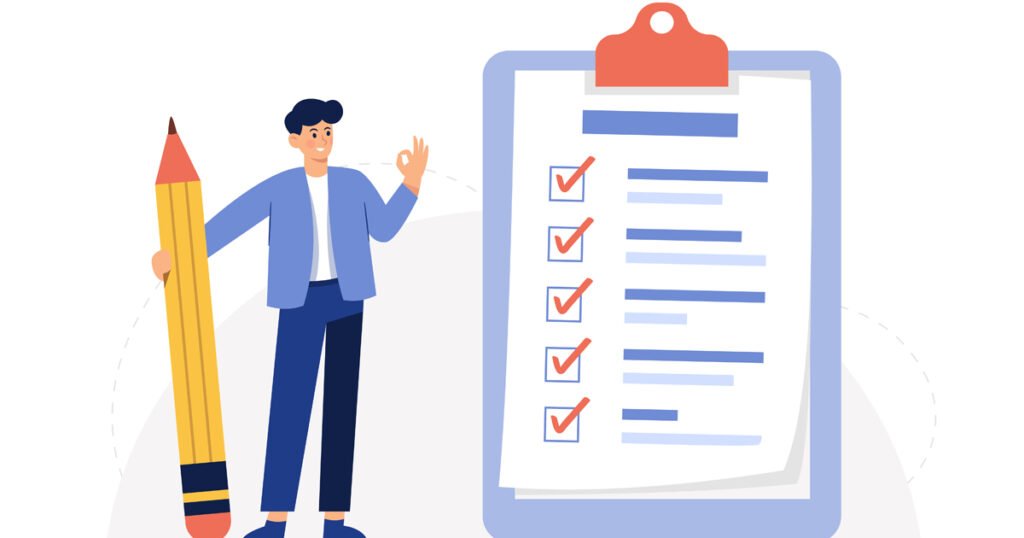
Why dynamic pricing matters (and why “set-and-forget” fails)
Guest demand changes daily: school holidays, weather, events, payday cycles. A static price leaves money on the table in peaks and kills occupancy in lulls. Dynamic pricing—done right—adjusts automatically within rules that protect your margins and brand.
The 5-layer pricing system
- Price Floor (never go below):
Calculate: floor = (cleaning + variable costs + platform fees + minimum margin).
Tip: If you include cleaning in the nightly rate, embed that cost here. - Base Rate (typical midweek):
Start from recent 30–60-day performance. If occupancy <60%, your base is likely too high; >80%, too low. - Seasonality Curve:
Map 12 months with % multipliers (e.g., Jan 0.85, Apr 1.00, Dec 1.25). Update quarterly. - Demand Signals (short-term boosts):
- Lead time: Raise prices for short lead (next 7–14 days) if search spikes; discount gently (-5% steps) when you have gaps approaching.
- Weekends: +8–15% for Fri/Sat in city/holiday markets.
- Local events/holidays: Layer +10–40% depending on scarcity.
- Length-of-stay (LOS): Discount 7+ nights (-8–12%); premium +1 night on orphan gaps.
- Automation Guardrails:
Use a pricing tool or rule-based adjustments. Set:- Min/Max price (your floor and a ceiling 2.0–2.5× base).
- Min stay by lead time (e.g., Thu–Sat 2 nights; single night only within 3 days).
- Orphan gap filler: Auto-reduce 10–15% for 1-night gaps between bookings.
Building your initial rates (30-minute setup)
- Pull the last 90 days: ADR (average daily rate), occupancy, bookings by channel.
- Define floor, base, and a simple seasonality table (12 rows).
- Add weekend and event multipliers.
- Enter LOS and lead-time rules.
- Test on the next 30 days; compare pickup for 48 hours; then expand to 90 days.
How to spot under/overpricing

- High views, low booking conversion: photos/rules/or fees may be off, not price. Review listing quality and cleaning fee transparency.
- Fast last-minute pickups at full price: raise short-lead multipliers.
- Slow shoulder months: nudge base -5% and add value (early check-in, welcome hamper).
Psychological price points that convert
- End rates with .00 or .90 for premium positioning; .49/.79 can work in budget markets.
- Show value: include parking or a mid-stay clean on 7+ nights.
Protecting your brand while discounting
- Use promotions (e.g., “Midweek Special”) instead of cutting list price.
- Keep cleaning standards fixed—never discount hygiene. Mention your professional cleaning partner in the description to justify premium.
KPIs to track weekly
- Occupancy (target 70–85% depending on market)
- ADR vs comps
- RevPAR (ADR × Occupancy)
- Booking window (days in advance)
- Conversion rate (views → bookings)
Quick win checklist

- Set floor/base/seasonality
- Turn on weekend & event multipliers
- Enable orphan-gap rules
- Review 7-/28-night discounts
- Audit photos, fees, and cleaning standards
Want rates that match spotless turnovers? Partner your pricing updates with a reliable cleaning schedule—consistent quality lets you hold better prices.
FAQs
- Does dynamic pricing scare off repeat guests? Not if you offer returning-guest codes and consistent value.
- What if a competitor slashes prices? Don’t chase every drop. Protect your floor and sell your differentiators (location, design, pro cleaning, amenities).